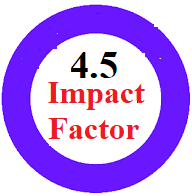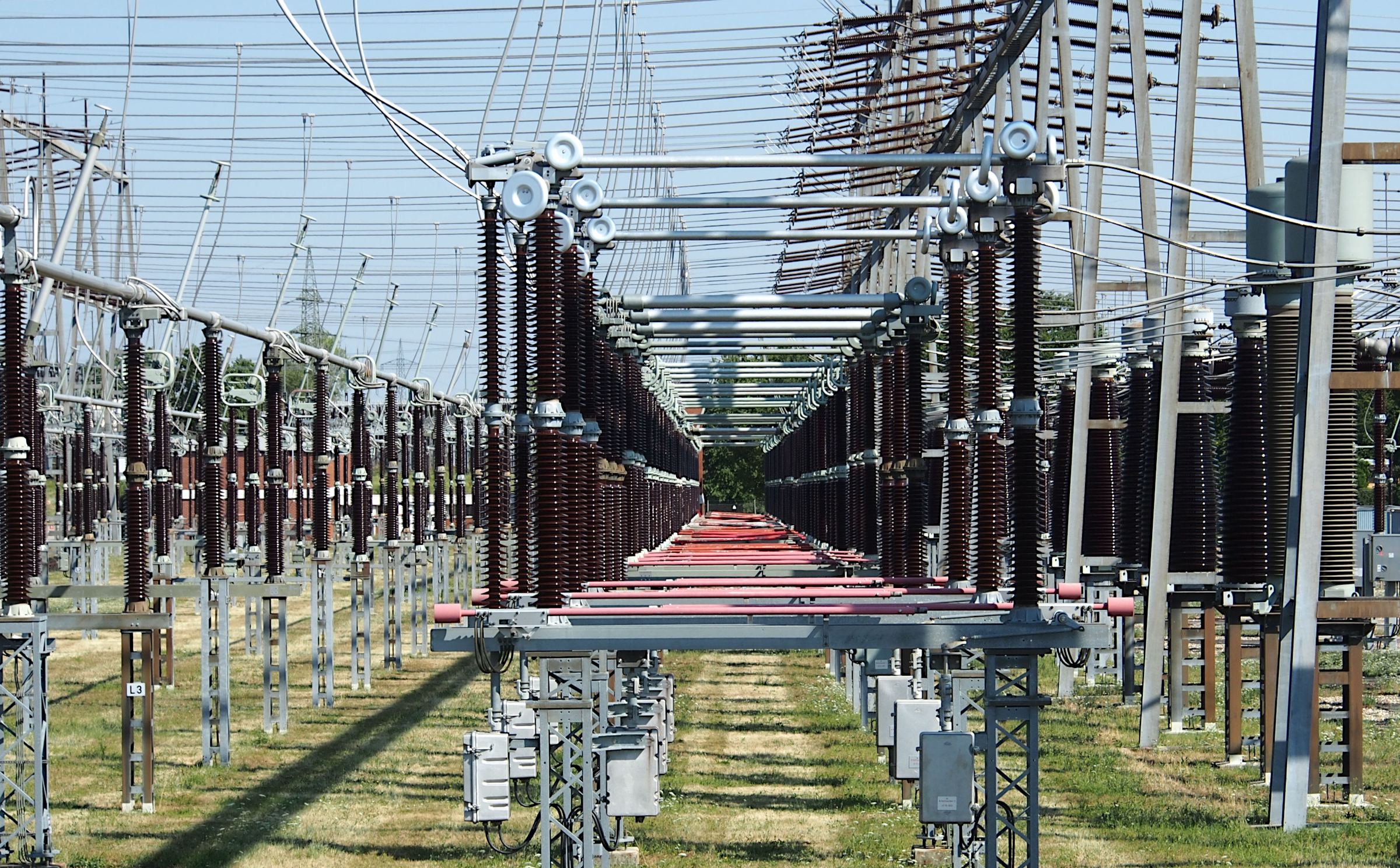ENHANCING SOLAR ENERGETIC PARTICLE PREDICTION: MACHINE LEARNING APPROACHES AND INSIGHTS
Keywords:
Machine Learning (ML), Solar Energetic Particles (SEPs), Space Weather PredictionAbstract
This contributes to the improved Solar Energetic Particle (SEP) prediction using sophisticated machine-learning techniques. Also, it helps to reduce severe issues caused by SEPs on space missions, satellites, and terrestrial systems. NASA and ESA used historical and real-time data to sense prediction with the help of Long Short-Term Memory (LSTM) networks, Convolutional Neural Networks (CNNs), and Random Forest techniques. Datasets were prepared meticulously to ensure model quality, hyperparameter optimization, and improved cross-validation performance. CNN proved to be more accurate and precise than the reviewed models, making this a valuable instrument for predicting SEP. Further, the study provides enhanced machine learning forecasting ability for solar energetic particles, improving the space weather forecast.
















